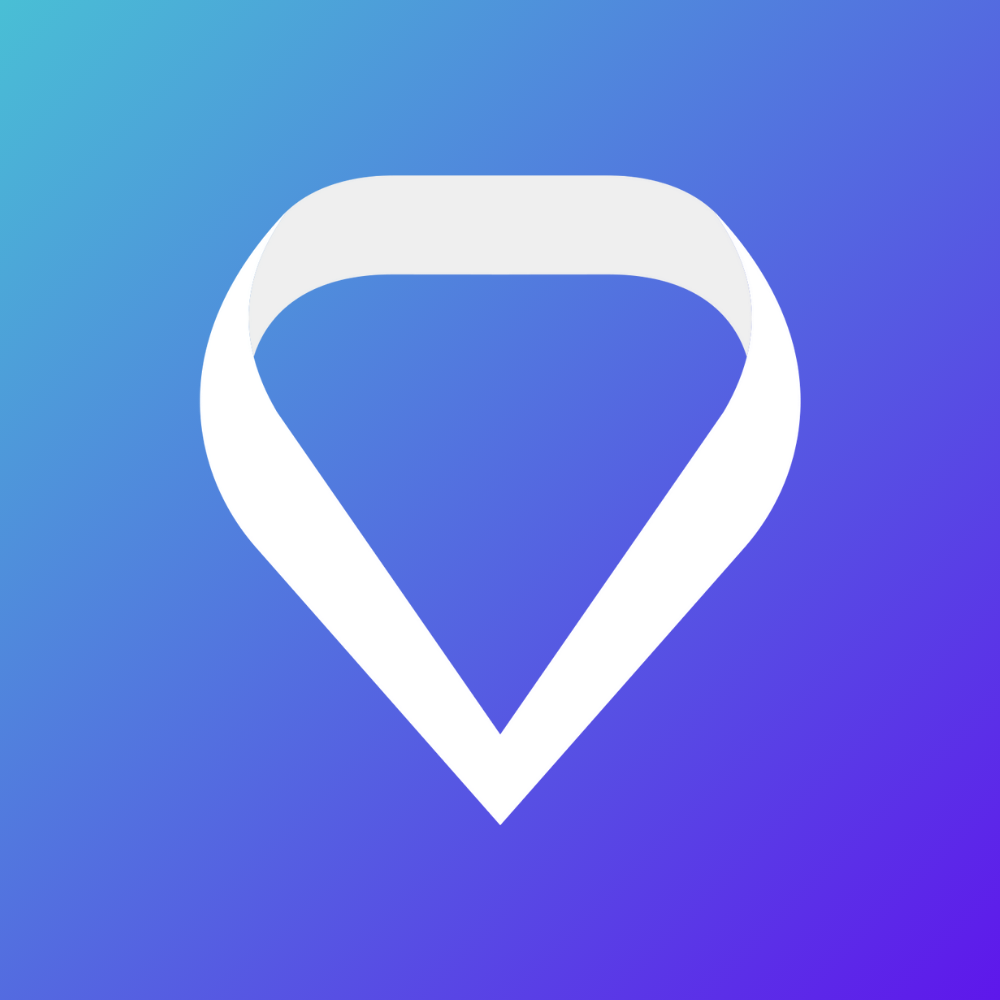A look at the numerous benefits of remote patient monitoring for people with chronic diseases and their healthcare providers
Remote patient monitoring is increasingly playing an important role in chronic disease management. When a patient can track their health status at home and share data with their healthcare provider, it’s a win-win that helps healthcare happen more efficiently and effectively.
This tech-powered revolution in virtual communication is changing the state of healthcare. A new study says that although just 40% of healthcare offices currently use it, remote patient monitoring will become the new standard of care in the coming years.
Below is a brief review of the relevant cost and impact information regarding how remote patient monitoring affects patients and healthcare companies. In particular, the focus here is on smart healthcare resource management for chronic diseases in the U.S.
The Health and Economic Costs of Chronic Diseases
According to the CDC, 90% of U.S. healthcare expenditures involve chronic conditions. Heart disease and cancer are the two top chronic conditions in terms of overall healthcare dollars, followed closely by a wide range of other conditions like diabetes, obesity, arthritis, Alzheimer’s disease, epilepsy, and tooth decay/disease.
One of the primary reasons why chronic disease brings high healthcare costs is the impact on urgent and emergency care centers. When chronic diseases are allowed to persist and worsen without proper treatment, patients turn to these last-resort healthcare options in their times of need.
The cost of the average emergency room visit was just over $1,000 in 2019, and since then, the cost has periodically climbed to as much as double that figure due to the impact of the COVID-19 pandemic. The New York Times found that when a patient went from the emergency room to being hospitalized, the average cost was $3,800.
Chronic diseases complicate regular emergency room visits and often create an immediate need for extra tests, machines, medical supplies, beds, and staffing. Remote patient monitoring can help reduce emergency room visits and hospital readmissions, thus significantly decreasing healthcare expenditures related to treatment.
For example, when someone with a chronic condition arrives at an ER, they might receive an immediate CT scan and/or MRI out of an abundance of caution. However, someone who is already under ongoing remote patient care may have an enormous archive of helpful data that shows a CT scan, MRI, or other testing is unnecessary. Thus, a cost savings.
Benefits of Remote Patient Monitoring for Major Chronic Disease
The positive impact of remote patient monitoring extends across many aspects of chronic disease care. Remote patient monitoring creates a wealth of medical background data for patients with complex conditions. Examples of positive outcomes related to chronic diseases are explained in more detail below.
Heart Conditions and Pulmonary Disease
In 2021, AMC Health formed a partnership with a large health insurance provider in New England to provide an industry-leading RPM and clinical solution. In a Rhode Island study, patients with congestive heart failure and COPD used Bluetooth monitoring devices to send biometric data to their doctors.
Positive outcomes found in this study included an overall reduced need for in-person visits, which are usually monthly at a minimum for pulmonary disease, plus better prediction of pulmonary events that would require urgent care visits. Patients also reported feeling more empowered to take charge of their health.
Diabetes and Prediabetes
Medicine Baltimore analyzed 19 controlled trials involving 6,294 diabetic patients and found better glycemic control with remote patient monitoring compared to standard care. This is a huge benefit for people with diabetes, which is a patient group that is at risk of being underserved by traditional medicine.
A follow-up study by the Journal of Telemedicine and e-Health uncovered similar results. Researchers found a significantly larger mean reduction in hemoglobin A1c levels with remote patient care versus in-person visits only.
Alzheimer’s Disease
One area of remote patient monitoring with a pressing need for further study is Alzheimer’s disease. Few published studies exist for remote monitoring in this group, which means more research is still needed.
A promising new $20 million study at the University of Pennsylvania could reveal important information about how people with Alzheimer’s disease use remote patient monitoring. A grant from the National Institutes of Health will fund research into how older adults interact with monitoring devices and whether the use of this technology leads to improved health outcomes.
Remote Technologies for Chronic Disease Management
There’s a continued promising future for remote patient monitoring when it comes to chronic disease management. Current and potential uses for the technology include:
- Telehealth video visits with doctors
- Digital medication management
- Remote patient monitoring devices that deliver biometric data
- Fast information-sharing for measurements and metrics
- Secure direct messaging tools
- Life and safety alerts for health emergencies
- Improved healthcare worker scheduling and resource management
- Better management of hospital bed availability
AMC Health is leading the charge to improve remote patient monitoring for people with chronic diseases. Our services include innovative solutions that facilitate remote patient monitoring, empowering people, and maximizing healthcare resource management.
Please schedule an AMC Health demo to learn more about using remote patient monitoring.

%20(1).png)


-2.jpg)

-2.jpg)